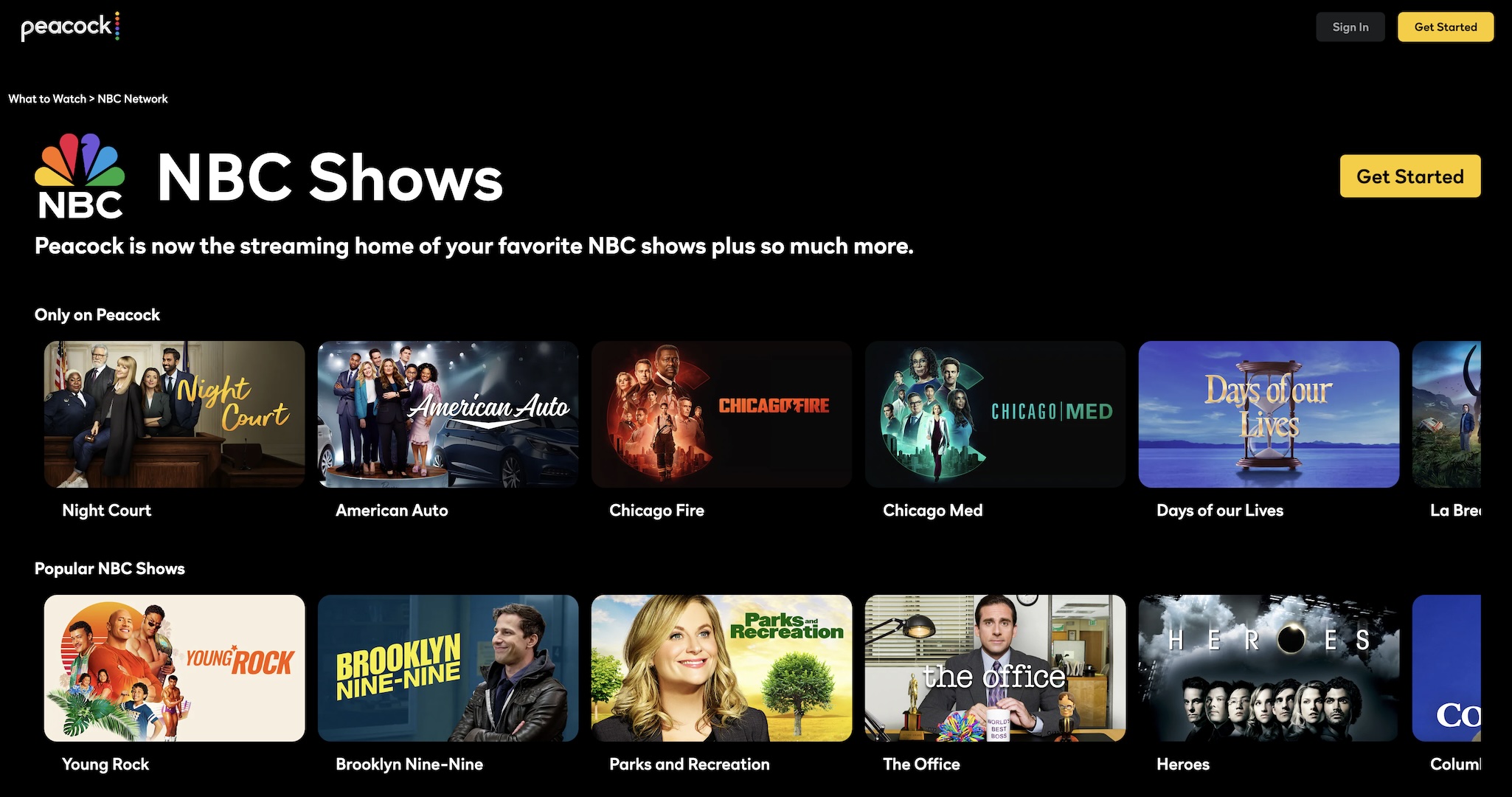
This week, Disney+ and the Disney-controlled Hulu became the latest streaming video services to increase prices. Starting in October, the ad-free tier of Disney+ will rise from $11 to $14 a month, while ad-free Hulu will increase from $14 to $18 a month. Both services will also be offered together for $20 a month, and the ad-supported tiers will maintain their current pricing; both strategies seem intended to drive viewers to either sign up for multiple services or drop down to an ad-supported tier.
This is the second price hike for both services in the last calendar year, and most subscription services have been doing the same thing recently. Here are the big-name video streaming services that have increased their prices in the last 12 months (not counting bundles or other discounts or add-ons, all prices monthly):
| Netflix | Hulu | (HBO) Max | Disney+ | Amazon Prime Video | Apple TV+ | Paramount+ | Peacock | |
|---|---|---|---|---|---|---|---|---|
| Ad-free (before) | $13.99 | $12.99 | $14.99 | $7.99 | $8.99 standalone, $12.99 with Prime | $4.99 | $9.99 | $9.99 |
| Ad-free (after) | $15.49 | $17.99 | $15.99 | $13.99 | $8.99 standalone, $14.99 with Prime | $6.99 | $11.99 | $11.99 |
| With ads (before) | N/A (launched November 2022) | $6.99 | $9.99 | N/A (launched December 2022) | N/A, but “in talks“ | N/A, but hiring personnel | $4.99 | $4.99 |
| With ads (after) | $6.99 | $7.99 | $9.99 | $7.99 | N/A | N/A | $5.99 | $5.99 |
And that’s just capturing price increases from the last year or so; many of these services have increased prices steadily over the last two or three years, as subscriber growth has slowed or declined. If you pay for more than a couple of these services (and especially if you pay for music, games, or other software on top of your streaming apps), your prices have either gone up a lot in the last year, or you’ve decided to let TV advertising back into your life.
Some services have used unusually high inflation as a cover for price increases. Executives like Disney’s Bob Iger and Warner Bros. Discovery’s David Zaslav have also indicated that their services were initially priced “too low” in an effort to draw a huge and unendingly expanding subscriber base. They might have a point; Disney+ has lost roughly $11 billion dollars in four years. But the result for viewers is that we’re paying ever-increasing prices for services that are steadily offering us worse experiences and less content.
Early streaming was too good to be true
For a moment, it seemed like the streaming apps were the things that could save us from the hegemony of cable TV—a system where you had to pay for a ton of stuff you didn’t want to watch so you could see the handful of things you were actually interested in.
In the early-to-mid 2010s, a subscription to Netflix and Hulu and your friend’s borrowed HBO password could get you access to the vast majority of all the TV that was worth watching. And in Netflix and HBO’s case, those services operated pretty much entirely ad-free.
Netflix had a huge archive of older shows plus a slowly growing library of its buzzy releases like Orange Is the New Black, Jessica Jones, and Stranger Things. Hulu was there for most comedies and dramas from traditional TV networks like NBC, ABC, and Fox (plus its own archive of older stuff). And HBO was where you could stay current with Game of Thrones and finally get around to watching The Wire so that your friend who loved The Wire would stop asking you about it.
This combination, available for a price in the low-double-digits per month, was enough to compel millions of cord-cutters to make the jump to streaming-only TV. It seemed too good to be true because it was; for cord-cutters, it’s all been downhill from there.
Not content to let Netflix have what looked like a lucrative new market all to itself the companies that made and distributed TV decided one by one as the decade wore on that it was time to create their own apps and generate their own subscription revenue. This gave rise to HBO Now (not to be confused with HBO Go; renamed HBO Max, then Max), CBS All Access (now Paramount+), the NBCUniversal-backed Peacock, and Disney+ (boosted massively by Disney’s acquisitions of Marvel, Lucasfilm, and 20th Century Fox). Tech companies also decided to jump in, with Amazon Prime Video pushing into expensive scripted dramas and Apple TV+ becoming relevant by dint of throwing untold gobs of money at all kinds of projects.

The result for TV viewers was that you now needed to pay way more if you wanted to see everything that was worth watching. It also meant that those who didn’t want to subscribe to additional services lost access to many shows and movies, as networks like NBC reclaimed streaming rights for rewatch juggernauts like The Office to boost their own services. (As a side effect, it also made things harder to find, since some streaming services have actively resisted all efforts to pull their content together into a single unified app that could search everything at once, and most streaming boxes don’t even try).
The streaming landscape got complicated and fragmented just in time for the bottom to fall out. Netflix announced its first subscriber loss in a decade in early 2022, cratering its stock; despite some recovery, it’s still only worth about two-thirds what it was at its peak in late 2021. Other streamers are feeling similar pains.
https://arstechnica.com/?p=1960033

